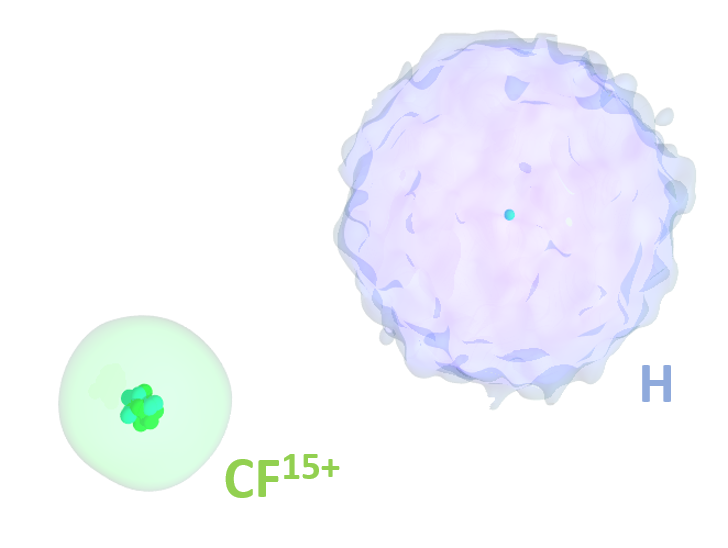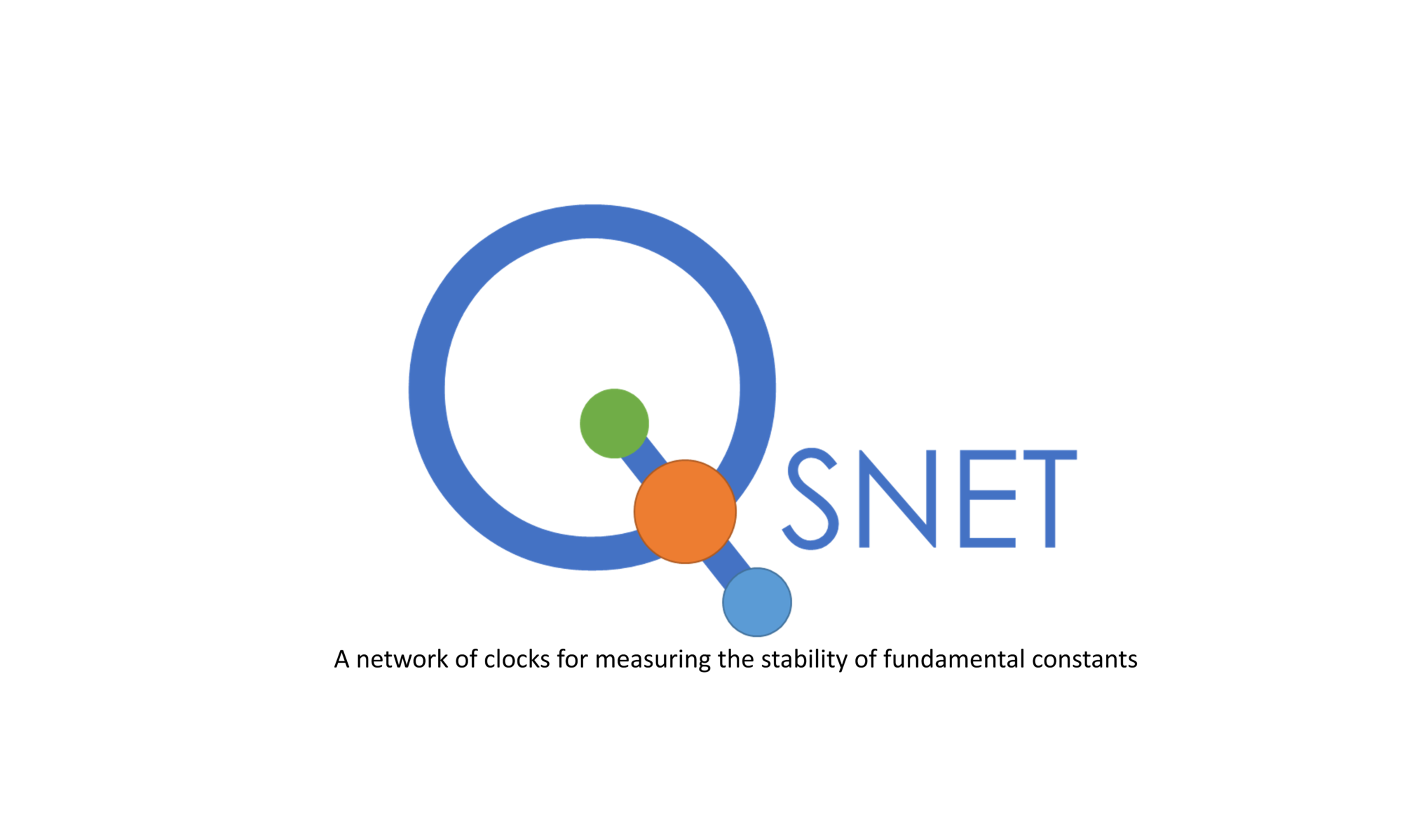Highly Charged Ion Clock
The team at the University of Birmingham is building the first experiment in the UK to cool and trap highly charged ions (HCI). This will allow us to use HCIs of californium to measure variations of the fine structure constant α. To this end, we will develop ultra-advanced atomic clocks exploiting the extraordinary properties of Cf15+ and Cf17+, that are less sensitive to external perturbations due to their compact size, and feature enhanced sensitivity to variation of α due to larger relativistic effects.

In brief, in our experiment the HCIs are initially produced and pre-cooled in a compact electron-beam ion trap (EBIT), at this stage the HCIs have a temperature of ~106 K. The HCIs are then cooled down and guided to the science chamber using ion optics. In the science chamber, the HCIs are trapped in a Paul trap and sympathetically cooled to ~10-6 K using a laser cooled ion crystals of Ca+. The Ca+ ions will be also exploited to perform quantum logic spectroscopy on the HCIs. To minimize the rate of charge-exchange collisions, the apparatus must feature a cryogenic vacuum system.
To implement this new experiment and develop the new technology, we established a collaboration with the Max Planck Institute for Nuclear Physic in Heidelberg, that has pioneered the field. A part of the team is working in Heidelberg to build a compact electron beam ion trap. At the same time, a team in Birmingham is building the core of the experiment, that consists in an ultra-low-vibration cryogenic vacuum setup, and the laser system.
Despite being a table-top experiment, our setup can be considered as a new facility and a crucial asset in the UK research portfolio. It will open new exciting opportunities for measuring variation of fundamental constants, detecting dark matter, tests of Lorentz invariance, probing of fifth forces, understanding quantum electrodynamics at extreme fields, advancing relativistic atomic structure theory, diagnostics of hot astrophysical plasmas, fusion energy research, studies in the x-ray region of the electromagnetic spectrum and quantum information. Additionally, the development of ultra-advanced clocks based on new quantum technologies, combined with comparisons with more established systems, will help extend the long-term roadmap of the National Quantum Technology Programme.
